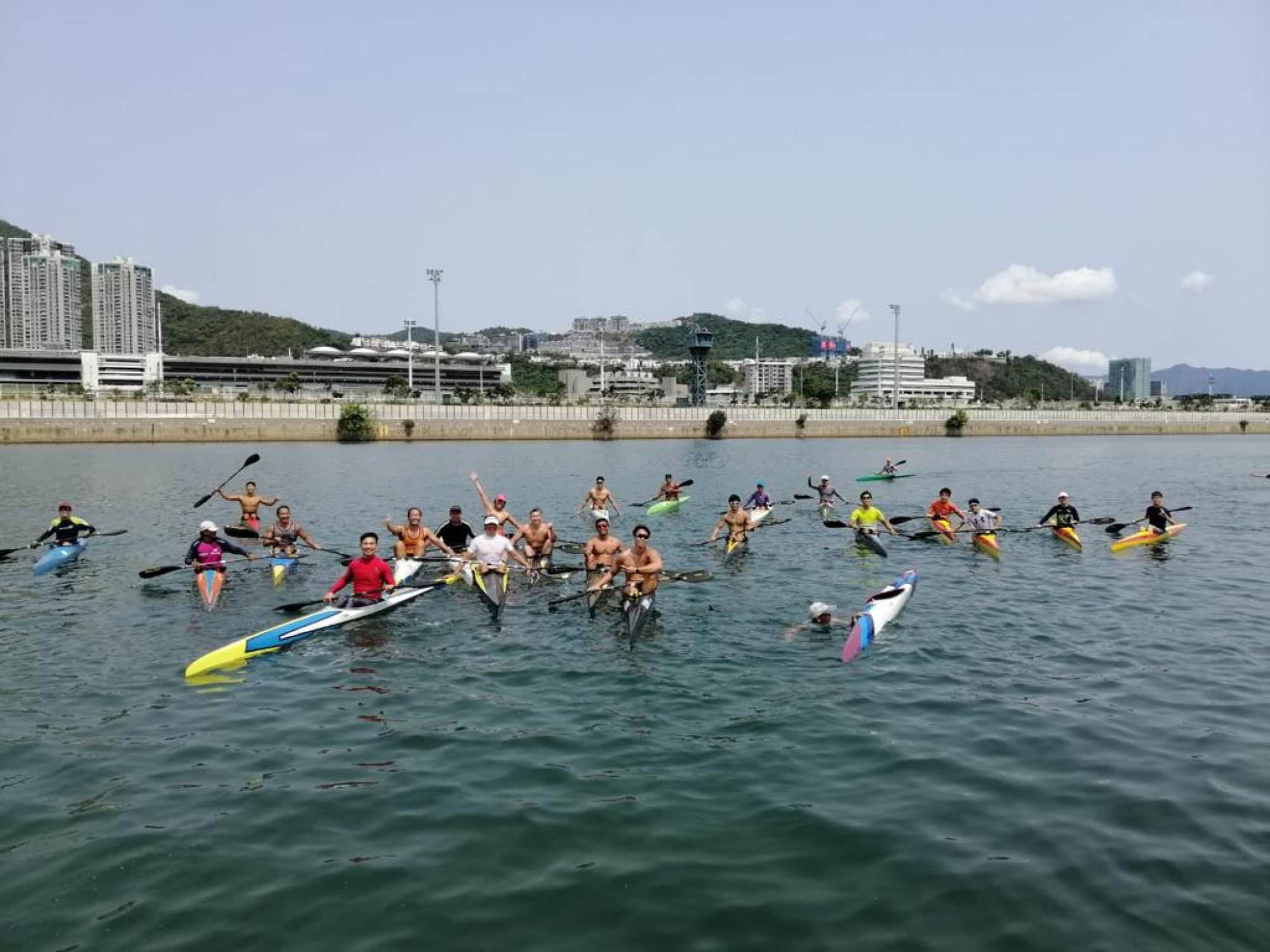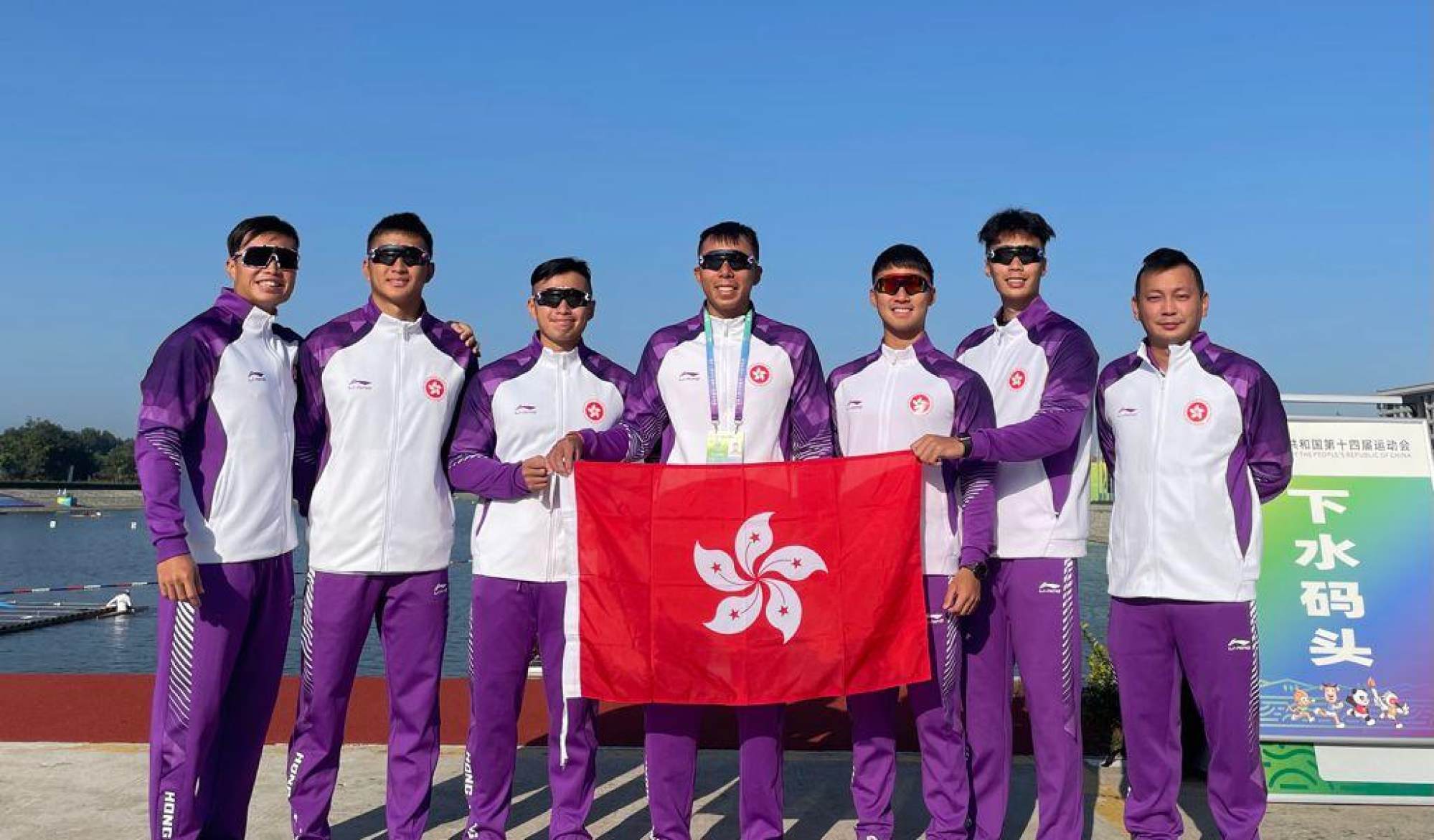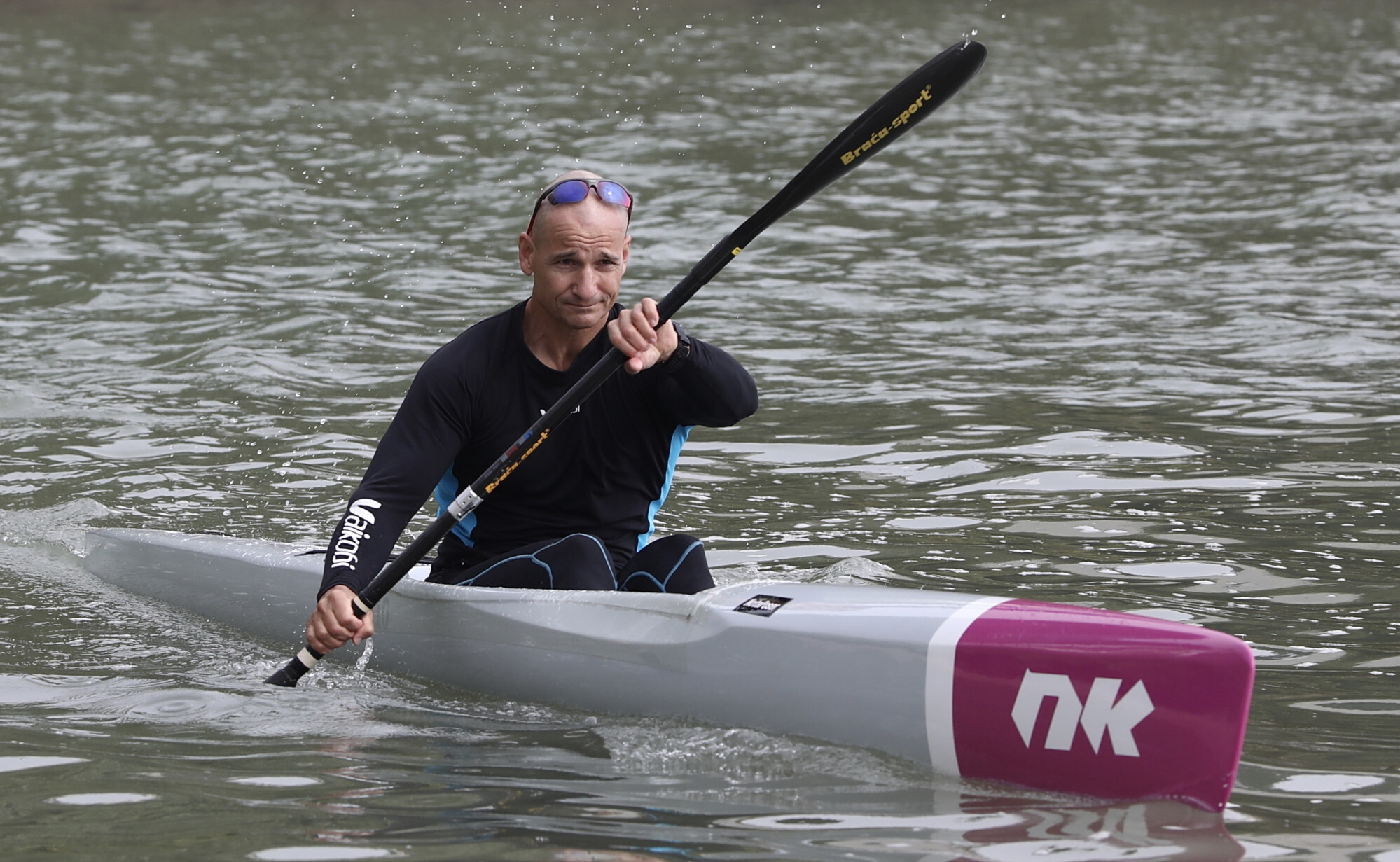
Elite kayakers dream big as public warms towards sport – ‘Tokyo showed that Hong Kong athletes can be the best in the world’
- Hong Kong representative Chang contrasts family’s initial disapproval of athletic career with recent uptick in recognition
- ‘It’s challenging, but it’s a chance to be in the next generation of beasts,’ says head coach Matus, tasked with closing grass roots gap
Elite local kayaker Austin Chang Long-yin is hopeful that the Hong Kong paddle sports scene will take off with the city’s changing perception of sports as a career path.
The 24-year-old, who already has more than a decade’s experience navigating Hong Kong’s waters ever since his father brought him to an open day in Sai Kung, had himself been through the stereotypical post-education dilemma.
After graduating from the University of Hong Kong, Chang’s family expected him to “find a well-paid job”. He had other ideas.

“I followed what they expected before, but in my final year of university, I really wanted to try to achieve my dreams as an athlete. But I was only brave enough to chase it after my final year,” Chang said.
“We [the family] had some fights at first. But now that I can take care of myself I think they are not as opposed to me becoming an athlete.
“The key is to have your own plan – most Hong Kong parents just want to see that their children can take good care of themselves.”

Among a large delegation, the city was also represented on the water by rower Winne Hung Wing-yan, sailor Stephanie Norton and windsurfers Michael Cheng Chun-leung and Hayley Chan Hei-man.

“Tokyo meant a lot. It showed that Hong Kong athletes can be the best in the world,” said Chang, who is the same age as Haughey and Cheung.
“Most athletes’ dream is to go to and win a medal at the Olympics. Every time I see [Haughey] break a record, it makes me want to keep training and set goals.
“Their success has also helped parents know that being a professional athlete can bring a bright and respected future. It helped to change the culture and mindset towards athletes and it showed that sports is needed in society.”

Though still lacking in exposure and sustainable models to help narrow the gap between junior- and elite-level paddlers, Chang has seen a massive uptake in local kayaking over the years – even during the coronavirus pandemic.
“Before Covid-19 there were not many people trying kayaking or knew what it was, and only a few paddled in Sai Kung for weekend fun-days” he said.
“But after Covid-19 there was suddenly many people renting ‘sit-on-tops’, sea kayaks or beginner kayaks. They still don’t treat it as a sport – more entertainment – but paddling and kayaking has somehow become recognised by the people.

“Now, most may have heard of kayaks but don’t know that it’s a sport or that Hong Kong has an elite team. From what I’ve observed, people still can’t distinguish between kayaking, dragon boat racing and rowing.”
Newly appointed Hong Kong kayaking head coach Peter Matus can also testify to the sport’s spike in attention.

“People now know about kayaking, but what they don’t know is that there’s a Formula 1 version of paddling – a high-performance sprint in a narrow, streamlined hydrodynamic 5.2m vessel that you sit on and go at various distances.
“At the moment very few know about or recognise the top-notch section of the sport; it stays at that weekend level where people go out and have fun.
“We want to send a message saying ‘hey people, if you feel confident in going from a sit-on-top to surfski and want to go deeper into the sport, why not come join us flat-water sprinters?’”

While he does not expect the city to open anywhere near the “50 or 60 local-level academies” from his native Hungary, Matus underlined a glaring need to “create a base” of competing youngsters.
He noted that Hungarian coaches often approach early-starter swimmers who, like himself, had the athletic tools but became tired of repetitive laps or lacked the cutting edge in the pool.
“The sticking part is difficult – to make sure that the kid will still be there in three, five months,” he added.

“It’s challenging, but it’s a chance to be in the next generation of beasts. There’s a lot of talent stuck in other sports, they just don’t know about kayaking.
“This is what we have to start in Hong Kong. There’s a huge generation gap, and there’s hardly anyone underneath [the juniors]. My job as head coach is to start a serious recruitment programme to provide constant flows into the sport.”
The issue of sign-ups and retention resonates with virtually all minnow sports associations, the Hong Kong Canoe Association included, but there is at least proof for parents that kayaking can take off.

“In Asia, generally there’s more emphasis on studying. Parents are a bit reluctant to let their kids do sports – some consider it a waste of time,” Matus said.
“What I would like to emphasise to parents is that there’s a lot in sports. Singapore started a kayaking team project 10 years ago, and in five or six years’ time they became champions of the SEA Games and are becoming the number one team [in Asia].
“This is a long-term project. We’re talking about 10 years before we’ll have a very strong Hong Kong team in kayak sprinting. But the future starts today.”

As for short-term competitions to look forward to, things could not be more unclear seven months out from Hangzhou 2022.
“I wish I could tell you, but I have no idea [what domestic events we have],” he said.

“Everything is like a nightmare from which we wake up sometimes, then go back so sleep again. That’s the sad reality.
“But I will try to do this whole preparation as a two-peak preparation. The second will be the Asian Games, and before that I’ll try to peak them for a local race. Even if it’s just seven guys lining up on the Shing Mun River and doing it ourselves.”

